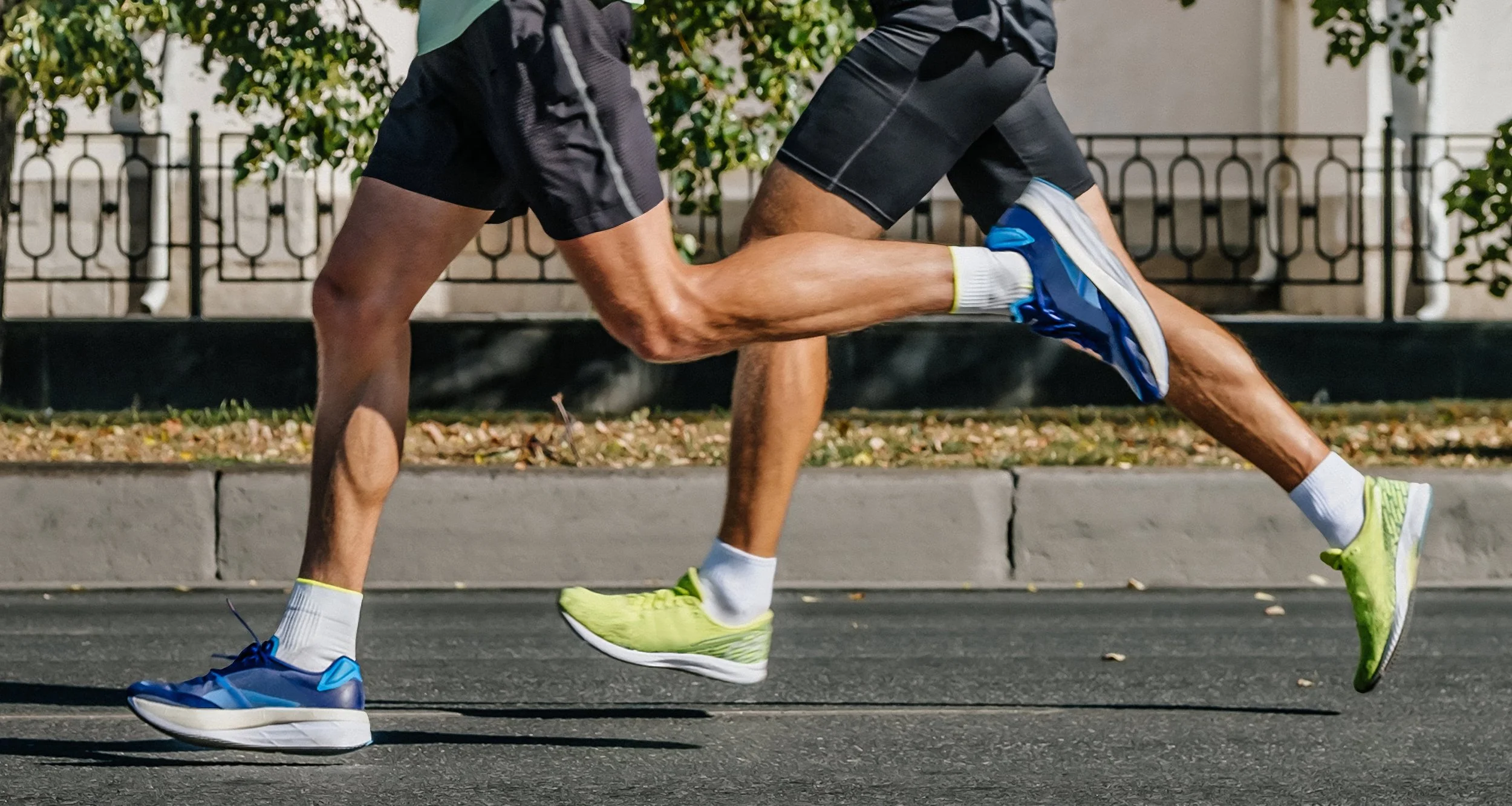THERE ARE WAYS TO RUN
Many people are injured while running simply because they do not know how to run. There are specific movements which go along with efficient injury-free running.
We start with the landing of the foot.
In slow running, the foot must land on the heel first, then the ball of the foot, and finally the toes. Sprinters, however, do not land on their heels, rather using the ball of the foot as a base of operations, and the toes as a push off device.
Some people do not do this. Instead, they land on the heel and the ball of the foot at the same time.
This is called pronation, and it is a runner’s enemy, for it causes all sorts of injuries.
If you run a little bit pigeon-toed, you can also stabilize your knees.
When springing off from your feet, your body should be inclining slightly forward at the ankles, and as you run faster, your body should tilt farther and farther forward.
The legs should move straight forward and backwards. The spring itself should be made using the ankle and the front part of the foot.
To take away some of the fatigue which comes with running, your upper body should be cooperating also. Run with your chin and chest both held high, dangle your arms and hands only occasionally, swing your arms in opposition to the legs and breather with your mouth open.
All these techniques are designed to allow the maximum usage of oxygen for the body.
Remember, if you are a beginning runner, and you have been frequently experiencing pain during a workout, maybe you need to examine your running style. It is easy to do and worth the trouble.
To schedule your comprehensive biomechanical evaluation including gait analysis call our Sports Medicine Podiatry Center and book an appointment at our Cherry Hill, N.J. Sports Medicine Facility or Ridley Park, P.A. Office location with one of our podiatric sports medicine specialists today by calling (610) 522-9200 or by visiting us at www.drleecohen.com.

